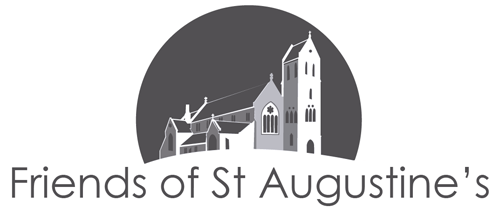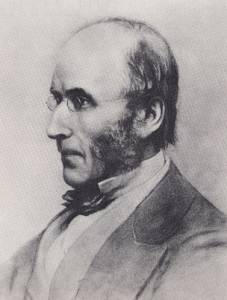William Butterfield
Born in London on 7th September 1814, William Butterfield was one of 9 children. His parents ran a chemists shop in the Strand. In 1830 he was apprenticed to a builder in Pimlico and in 1838 was an assistant to an architect in Worcester. He established his own architectural practice in 1840 at Lincoln’s Inn Fields. Butterfield drew religious inspiration from the Oxford Movement and became High-Church despite his strict non-conformist upbringing. He was a Gothic revival architect and became noted for his use of polychromy, using different coloured bricks to create patterns.
When Lady Windsor paid for the rebuilding of St Augustine’s in 1865 she engaged William Butterfield as the architect. In his book “The Buildings of Wales: Glamorgan” published in 1995, John Newman described St Augustine’s as “one of Butterfield’s finest churches, big boned and austere outside, highly charged in the polychromatic patterning of its interior”.
William Butterfield received the RIBA Gold Medal in 1884.
He died in London on 23rd February 1900 and is buried in a simple Gothic tomb in Tottenham Cemetery, Haringey, North London.

